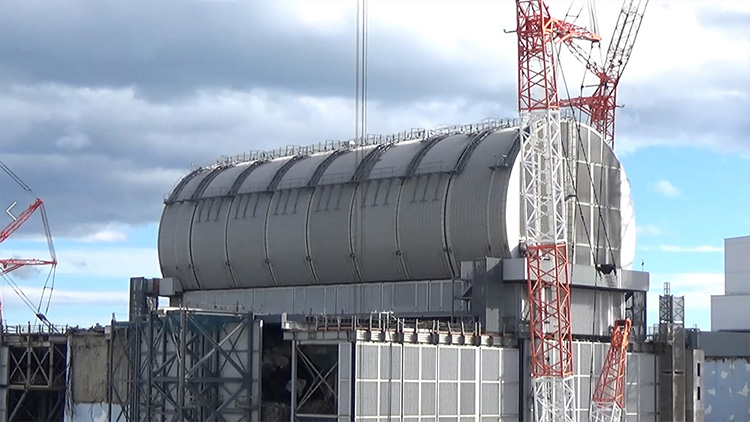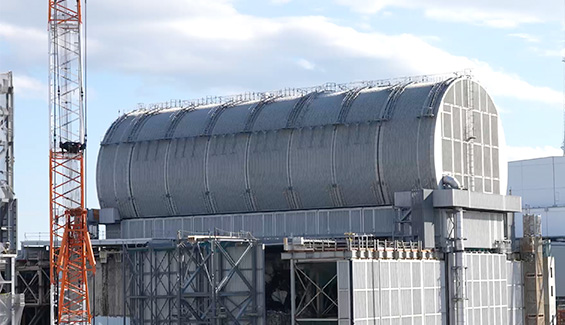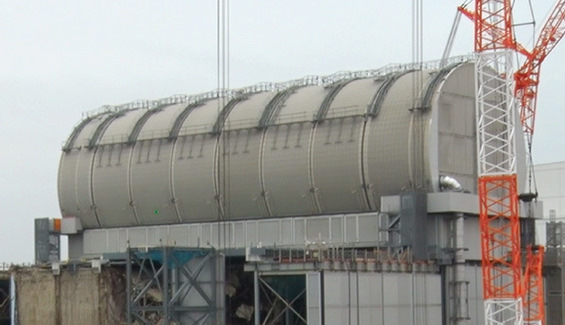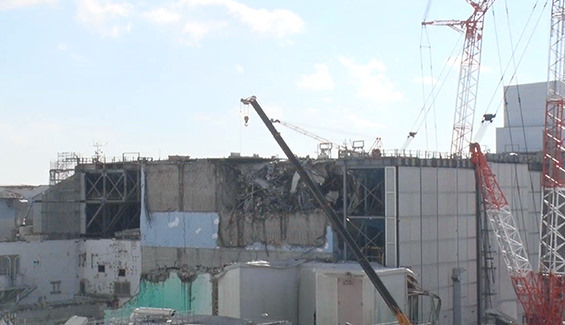Dose levels in the vicinity
μSv/h
What kind of work is being done at Unit 3?
During the accident a hydrogen explosion occurred at Unit 3.
Rubble generated during this explosion that was on the uppermost floor of the reactor building has already been removed, and the removal of fuel from the spent fuel pool began in April, 2019.
On February 28, 2021, the removal of all 566 fuel assemblies from the spent fuel pool was completed.
These tasks were conducted remotely, and the fuel assemblies are stored safely in the common pool on the premises.
We commenced the removal of control rods, etc. that have high dose and remain in the spent fuel pool in March 2023, and have been conducting the work.

What changes has Unit 3 undergone since the accident?
What kind of work is being done to remove fuel debris?
In order to remove fuel debris, in July 2017, the inside of the Primary Containment Vessel (PCV), which contained 6.4m
of stagnant water, was investigated and an underwater robot was used to take footage on the inside.
The footage from directly below the RPV, where fuel debris probably exists, revealed structures and deposits that are
assumed to have melted and fallen.
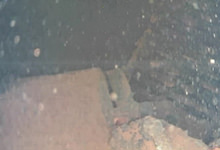
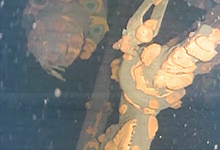

Can workers enter the uppermost floor?
They can enter the uppermost floor area for short times.
In this area, where radiation levels remain high, remote-controlled cranes were used for decontamination and the
installation of radiation shielding.
These preparations enabled workers to enter the top floor.
What is the barrel-shaped structure on top?
This is a cover installed to remove fuel from the spent fuel pool. Installation was completed in February 2018.
The large cover, which is 53.5m high and 56.9m long, weighs 1,250t and was designed to prevent loads from being
transferred to the damaged reactor building.



